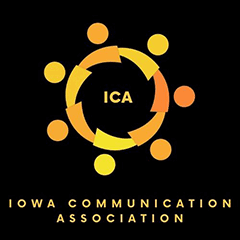Abstract
Organizational communication scholars have been studying organizational identity and emotional labor as two independent constructs. Organizational identity has been studied in terms of how organizational members identify with their specific organization and how the public at large views the organization. Emotional labor has been studied in a variety of contexts examining how emotional displays are demanding and exhausting for those whose jobs require them (flight attendants, 911 call takers, retail sales associates, etc.). The important aspect of the emotional labor literature is its focus on how emotions are a commodity of the organization (Hochschild, 1983).
However, as the two literatures are reviewed, there is a missing link between them. The organizational identity literature does not examine how organizational identity is formed at a very micro level in daily interactions between employees and customers. Emotional labor literature does not address why the organization feels the need to mandate emotional display. The goal of this paper is to argue for the combination of these two literatures and develop a more global picture of organizational identity. Organizational identity does not stop at how employees identify with the organization or how large scale methods formulate an identity of an organization. Emotional labor is not just a commodity; it has important implications for organizational identity.
Using Goffman's (1959) theory of self-presentation, a new aspect of organizational identity research will be presented that will be a more complete picture of how organizational identity is enacted at a very micro level. In addition, emotional labor literature will be reviewed in a manner that expands the purpose of this largely communicative phenomenon.
Journal Title
Iowa Journal of Communication
Volume
43
Issue
2
First Page
150
Last Page
169
Language
en
File Format
application/pdf
Recommended Citation
Daggs, Joy L.
(2011)
"Organizational Face: Examining the Communication of Organizational Identity through Emotional Labor,"
Iowa Journal of Communication: Vol. 43:
No.
2, Article 5.
Available at:
https://scholarworks.uni.edu/ijc/vol43/iss2/5
Copyright
©2011 Iowa Communication Association


